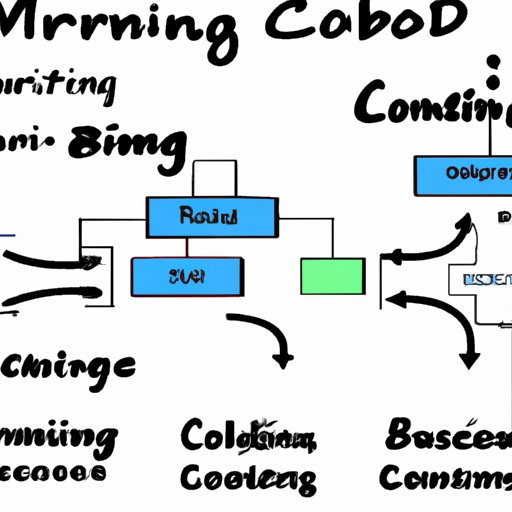Introduction
Computer programs are sets of instructions that tell computers what to do. They are written using a programming language, which is a set of commands that can be understood by a computer. A program can be as simple as a few lines of code, or as complex as millions of lines of code. Computer programs are essential for making computers work; without them, computers would be nothing more than pieces of hardware.

Understanding the Basics of Computer Programming
A programming language is a set of instructions that a computer can understand. There are many different programming languages, each of which has its own syntax and rules. Popular programming languages include Java, C++, Python, and JavaScript. Each language has its own advantages and disadvantages, so it’s important to choose the right language for the task at hand.
The components of a computer program include variables, data structures, functions, and algorithms. Variables are used to store information, such as numbers or strings. Data structures are used to organize information, such as lists or trees. Functions are used to perform operations on data, such as sorting or searching. Algorithms are the steps used to solve a problem, such as finding the shortest path between two points.

Exploring Different Types of Computer Programs
There are several different types of computer programs. Operating systems are programs that manage the hardware and software of a computer. They provide basic services such as memory management and multitasking. Common operating systems include Windows, macOS, Linux, and Android.
Application software is designed to help users accomplish specific tasks. Examples include word processors, spreadsheets, email clients, and media players. System software is designed to manage and control the hardware and software of a system. Examples include drivers, device managers, and antivirus programs.
A Deeper Dive into Computer Programming Languages
Programming languages are divided into two categories: compiled and interpreted. Compiled languages are translated into machine code before they are run. This makes them faster but harder to modify. Interpreted languages are translated while they are running, which makes them slower but easier to modify.
Debugging is the process of finding and fixing errors in code. Testing is the process of verifying that code works as expected. Both of these processes are essential for creating reliable and bug-free programs.
Examples of Real-World Applications of Computer Programs
Computer programs have a wide range of applications in the modern world. Web development is the process of creating websites and web applications. Database management is the process of organizing, storing, and retrieving data from databases. Mobile application development is the process of creating apps for mobile devices.
Conclusion
Computer programs are sets of instructions that tell computers what to do. They are written using a programming language, which is a set of commands that can be understood by a computer. Different types of programs include operating systems, application software, and system software. Programming languages are divided into two categories: compiled and interpreted. Finally, computer programs have a wide range of real-world applications, such as web development, database management, and mobile application development.
In conclusion, computer programs are essential for making computers work and have a wide range of real-world applications. Understanding the basics of computer programming, including programming languages and debugging techniques, is essential for anyone looking to create their own computer programs.
(Note: Is this article not meeting your expectations? Do you have knowledge or insights to share? Unlock new opportunities and expand your reach by joining our authors team. Click Registration to join us and share your expertise with our readers.)
